Industry Outlook
Manheim Used Vehicle Value Index Report – August 2016
Friday September 16, 2016
Article Highlights
- The seasonally adjusted annual rate (SAAR) for new vehicle sales slipped back below 17 million in August.
- In the first seven months of 2016, used unit sales by both franchised and independent dealers increased at the fastest pace of this recovery and more than twice as fast as last year.
- CPO sales rose 6% in August and 4% year-to-date.
Wholesale Prices Slip in August
Wholesale used vehicle prices (on a mix-, mileage- and seasonally adjusted basis) declined slightly in August. That left the Manheim Used Vehicle Value reading at 126.9 for August, an increase of 2.1% from a year ago. Wholesale pricing in 2016 has been supported by a retail market that enjoyed higher volumes, stabilizing margins, and respectable turn rates. And, importantly, dealers have continued to increase efficiencies in their used vehicle operations.
A Laboring Labor Market
Even after a disappointing tally of 151,000 additional jobs in August, payroll growth has averaged 232,000 over the past three months, has totaled 2.4 million over the past year, and has grown by 14.2 million over the past six years. The topline number is not the problem – it’s all the others. In August, average hourly earnings barely budged, and the average work week was cut. Statistically speaking, in terms of aggregate demand, that equates to a loss of300,000 jobs during the month.
The number of people employed part time for economic reasons increased in August for the second consecutive month. The total is now higher than it was at the start of the year. Likewise, the number of multiple job holders (both actual number and as a percent of the labor force) has been growing. Add in abysmal labor productivity growth and a weak ISM report for September, and the prospects for a near-term turnaround don’t look good.
How did the financial markets react to this? With glee. They took it as a sign that rates would not be hiked at the September meeting, even though the normalization of monetary policy is long overdue. Federal-funds futures put the odds of a rate hike this month at only 32%, and only 60% by December.
Markets are misguided. Total employment growth is destined to slow over the next year, relative to its pace of the past six years. As such, the “internals” of the labor market need to strengthen – and abnormally low rates do nothing to help that.
New Vehicle Sales: Some Records Are Not Worth Chasing
The seasonally adjusted annual rate (SAAR) for new vehicle sales slipped back below 17 million in August. Our reaction is the same as in June (the last time the SAAR slipped below 17 million): good. Because, as then, there are signs manufacturers are not overly pushing the market. August incentive spending was flat, sequentially. Sure, incentives were reported to be up sharply from a year ago, but that reported amount has no impact if it is not actually dispersed. A lot of stair-step money did not actually hit the market in August as dealers did not, and knew they would not, reach their quotas. Last August, almost everyone met their quotas.
In addition, several lessors seem to have pulled in some of the more aggressive promotions. As a result, preliminary numbers suggest that the lease penetration rate in August fell below its year-ago level for the first time in more than four years.
Our major concern with the new vehicle market’s impact on used vehicle residuals is that current inventory levels and production schedules are not in tune with what is likely to be fourth-quarter demand. Production plans must be adjusted downward.
Used Vehicle Sales Keep Humming
In the first seven months of 2016, used unit sales by both franchised and independent dealers increased at the fastest pace of this recovery, and more than twice as fast as last year. While new retail unit sales have declined this year, used unit sales are up. That’s normal for this point in the automotive cycle, and we expect it will continue into 2017.
CPO sales rose 6% in August and 4% year-to-date. Full-year sales are set to reach a record 2.7 million.
Lower Mileage and Better Mix Keep Rental Risk Prices Strong
Unadjusted auction prices for rental risk units remained near record levels in August. As was the case in recent months, the age, mileage, mix, and condition of vehicles being offered was much improved from a year ago. As such, after adjusting for mileage and broad changes in mix, auction prices were down 1.2% from a year ago.
The volume of rental risk units sold at auction was relatively high for an August. This could be a sign that stop-sale/stop-use units are finally being repaired and creating less demand for loaner vehicles. New unit sales into rental rose 11% in August, and were up 6% year-to-date.
Commercial Fleets Continued to Buy Pickups and Vans
New vehicle sales into commercial fleets declined 10% in August, but were up 9% year-to-date, based solely on the strength of pickups and the new-styled vans. Auction sales volumes for end-of-service fleet vehicles have also been strong in 2016. Average auction pricing for midsize fleet cars is running below the prior two years, despite lower average mileage at time of sale. Pickups and vans are, of course, doing well in the resell market for fleet managers.

